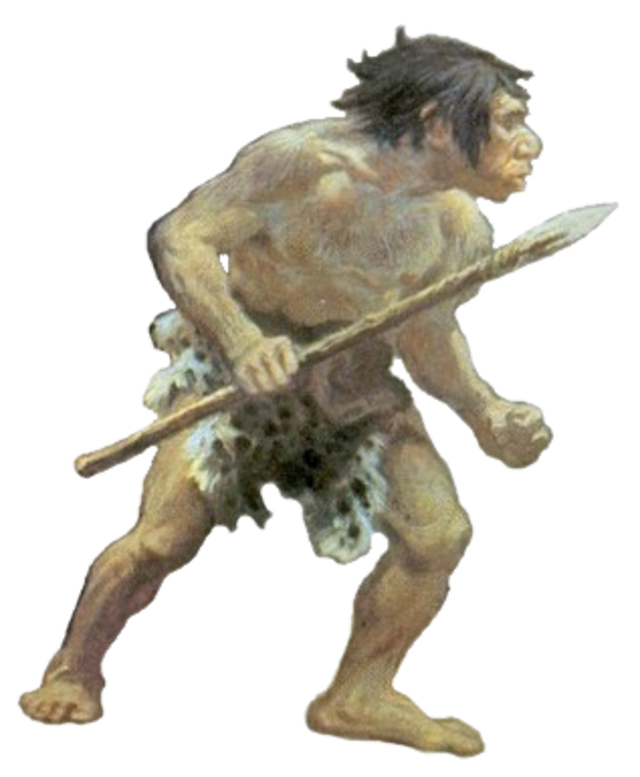When we hear about the “cave man” and the “Stone Age”, most people think of Neandertal man. Popularly called “Neanderthal,” the preferred usage today is Neandertal. When we think of Neandertal, most people think of a large, brutish, hairy, bent-over creature that looks like a cross between an ape and a human. Who, in fact, was Neandertal?

The first Neandertal bones were found in a cave in the Neander Valley, near Dusseldorf, Germany, in 1856. Evolutionary anthropologists of the day thought that they had finally discovered the so-called “missing link” between apes and humans. So when they reconstructed the bones into what they thought Neandertal looked like, he was portrayed as a hairy brute that could not stand fully erect.
Since that first discovery, over 300 Neandertal skeletons have been discovered. Evolutionists today recognize that the first Neandertals that were found suffered from rickets and arthritis, giving their bones only a superficial appearance of being less than human. Today’s science has reclassified Neandertal as Homo sapiens. It is said that given a modern haircut and clothes, he could walk down any street and not attract attention.
There is one more fact that speaks eloquently for Neandertal’s humanity. Neandertal practiced religion. He buried his dead with flowers and sometimes other possessions. He cared for his sick and the weak. Clearly, Neandertal offers no support for evolution.
Romans 14:13
“Let us not therefore judge one another any more: but judge this rather, that no man put a stumbling block or an occasion to fall in his brother’s way.”
Prayer: I thank You, Lord, that the truth has finally been learned about Neandertal. I ask that the other so-called evidences that doubters use to deny You would quickly be shown to be weak crutches so that no one may find anything in science a stumbling block to faith. Amen.
Notes: Photo: PD
© 2024 Creation Moments. All rights reserved.
